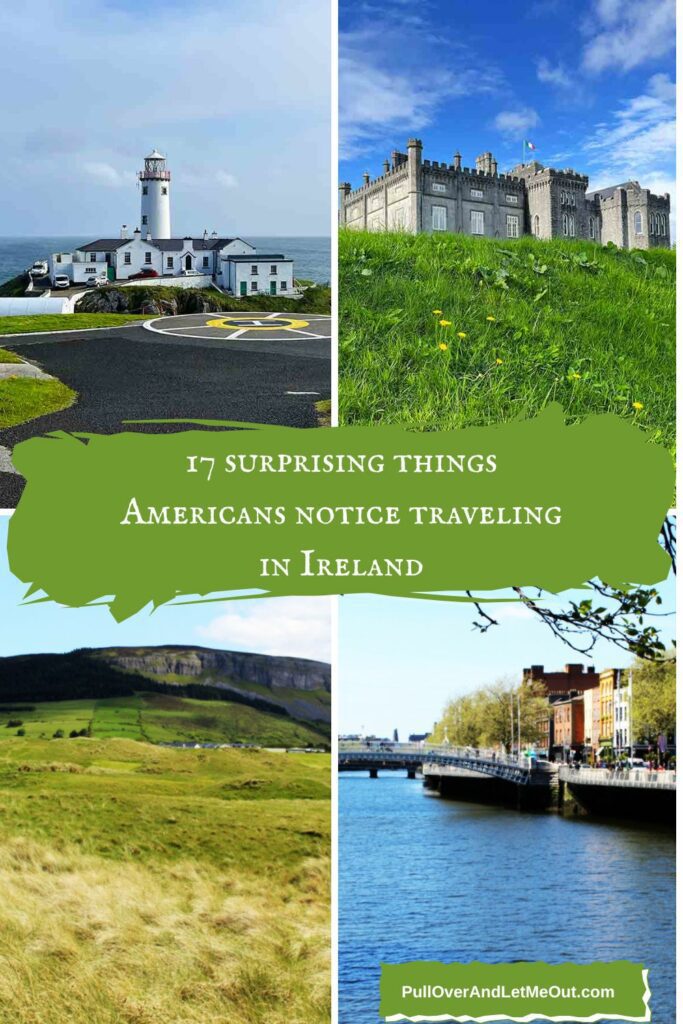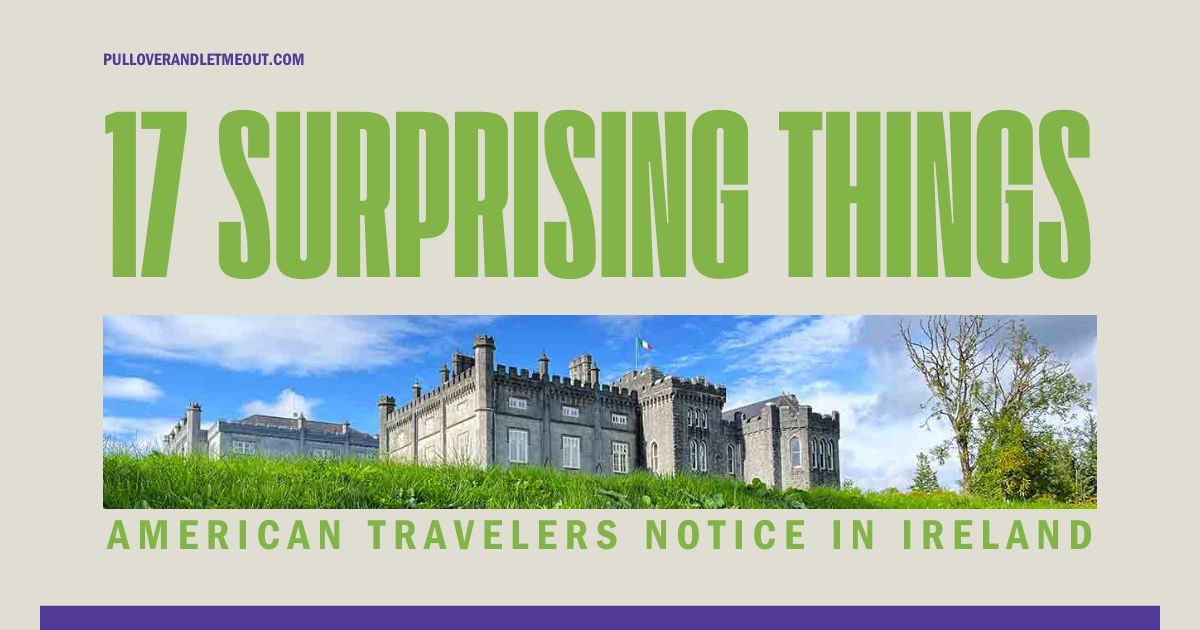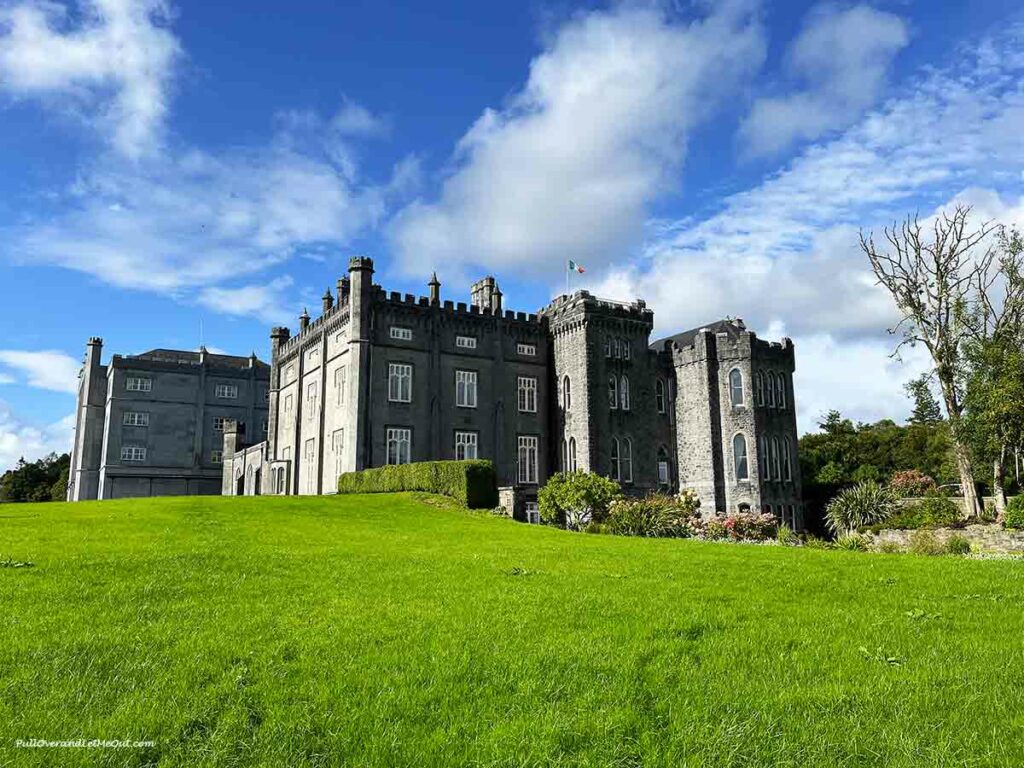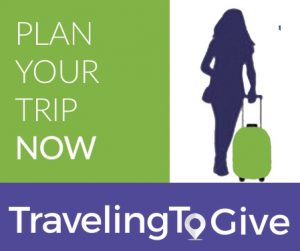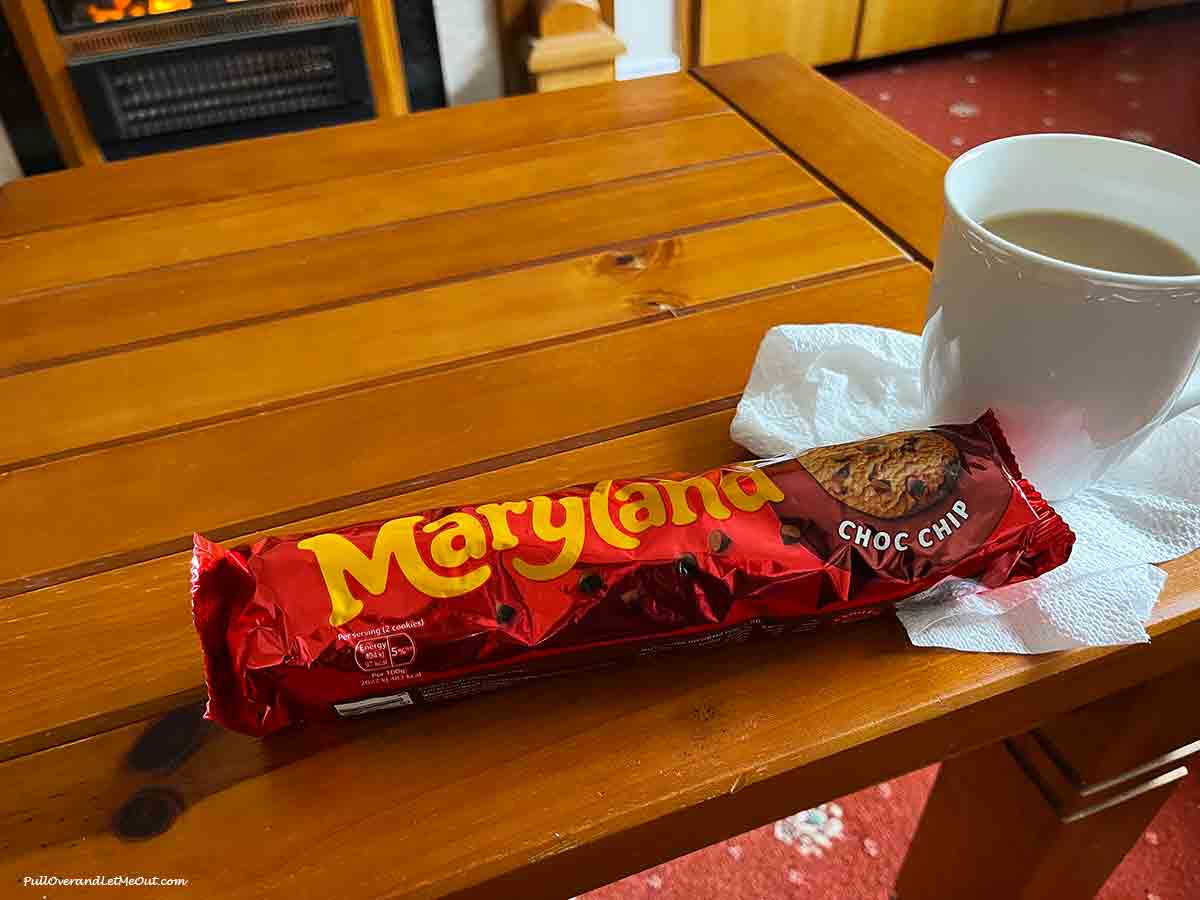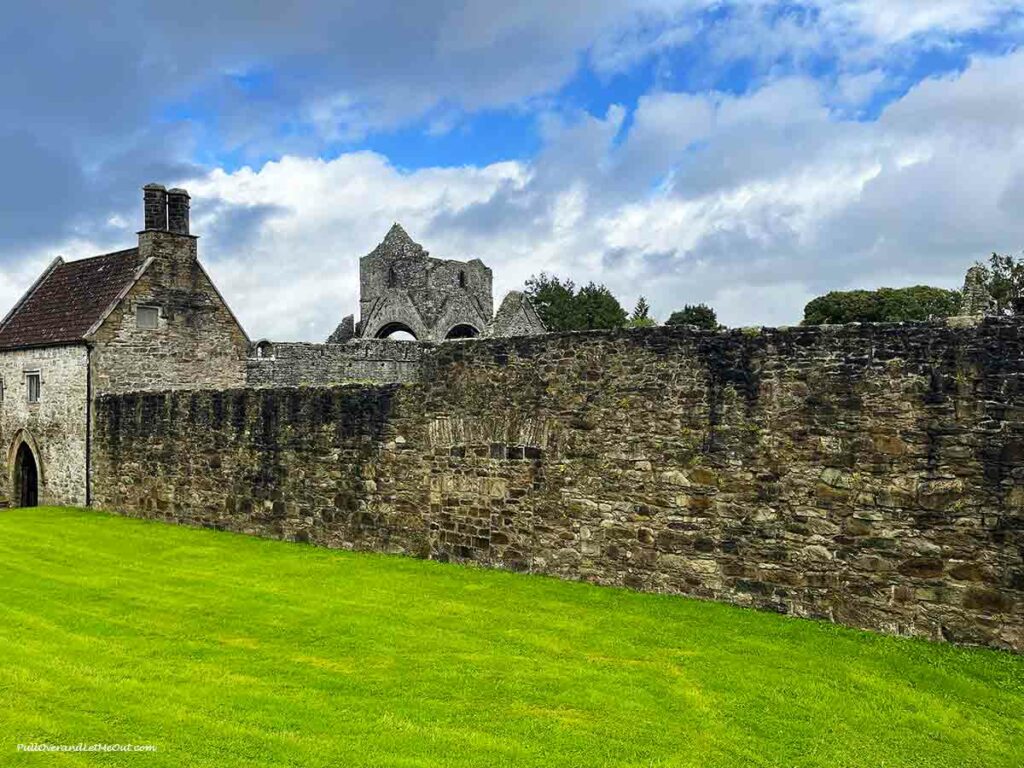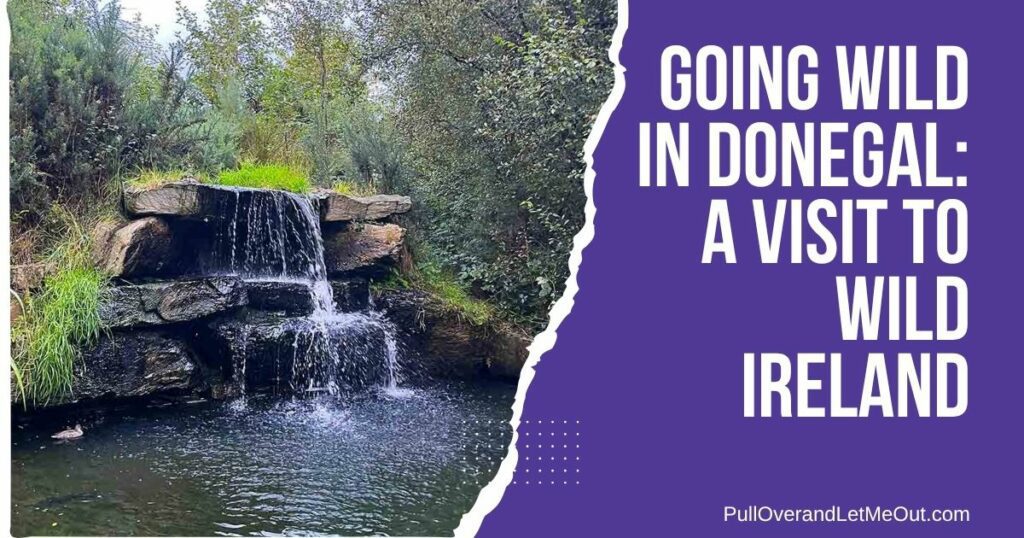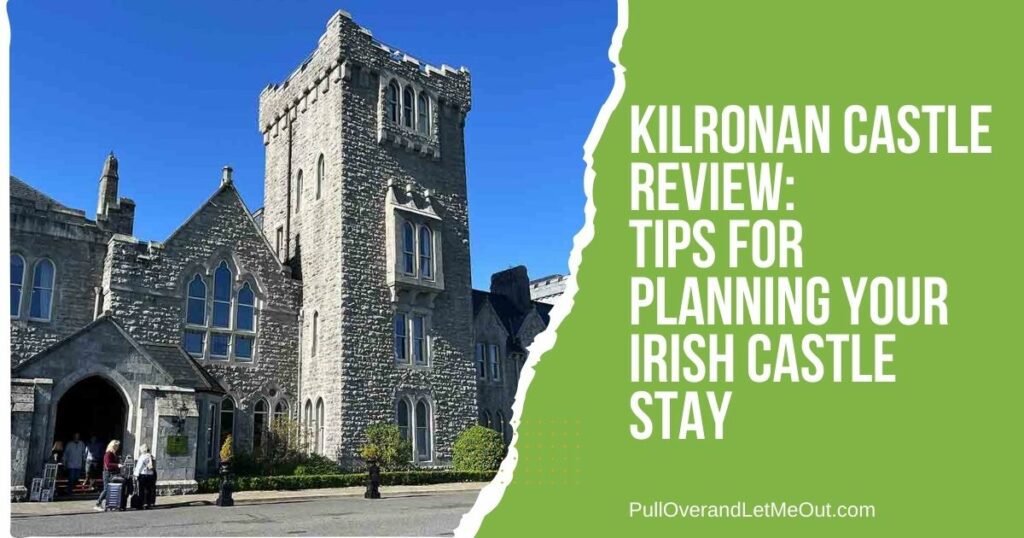Why American Travelers Are Surprised by Ireland
Whether it’s your first visit to Ireland or your 21st visit, there is always some discovery to be made. American travelers in Ireland will be uplifted, inspired, and mesmerized by the stunning scenery, historic sites, and welcoming hospitality. However, it’s often the unexpected findings that surprise us the most. Here are 17 surprising things American travelers notice in Ireland.
Food & Drink Surprises
1. Tea is everywhere.
The Irish take their tea seriously. Tea is served with every meal and often between meals too. Many tourist attractions boast a tea room for visitors. You’ll even find an electric kettle in most hotel rooms or vacation rentals.
Americans might be surprised to learn that tea is usually enjoyed with milk and sugar, accompanied by biscuits—the Irish version of what we call cookies. If you’re pouring your own milk, in Ireland, the cap remains attached to the milk carton. And if someone says, “I’ll put the kettle on,” that’s your cue—tea’s coming. Somehow, tea feels like the solution to just about everything.
2. Breakfasts are hearty
A full Irish breakfast is a great start to your day. For many Americans traveling in Ireland, it’s the biggest meal of the day. Eggs, rashers, sausage, black and white pudding, toast, porridge, cereal, brown bread— the list of Irish breakfast favorites is long and delicious.
If your accommodations offer breakfast, you can rest assured that you won’t be heading out for the day on an empty stomach. It’s a good idea to tuck in and enjoy a big breakfast; you may discover you’re not hungry again until dinner time.
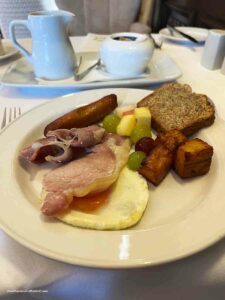
3. Toasties!
This is the classic pub sandwich. Made much like our grilled cheese sandwiches, a toastie is created using the finest Irish cheddar cheese, ham, tomato, and sometimes onion. Next, it’s grilled to perfection. Oh, and it must be cut into triangles!
This is a comfort food that goes perfectly with a cup of tea or a cup of soup, or both.
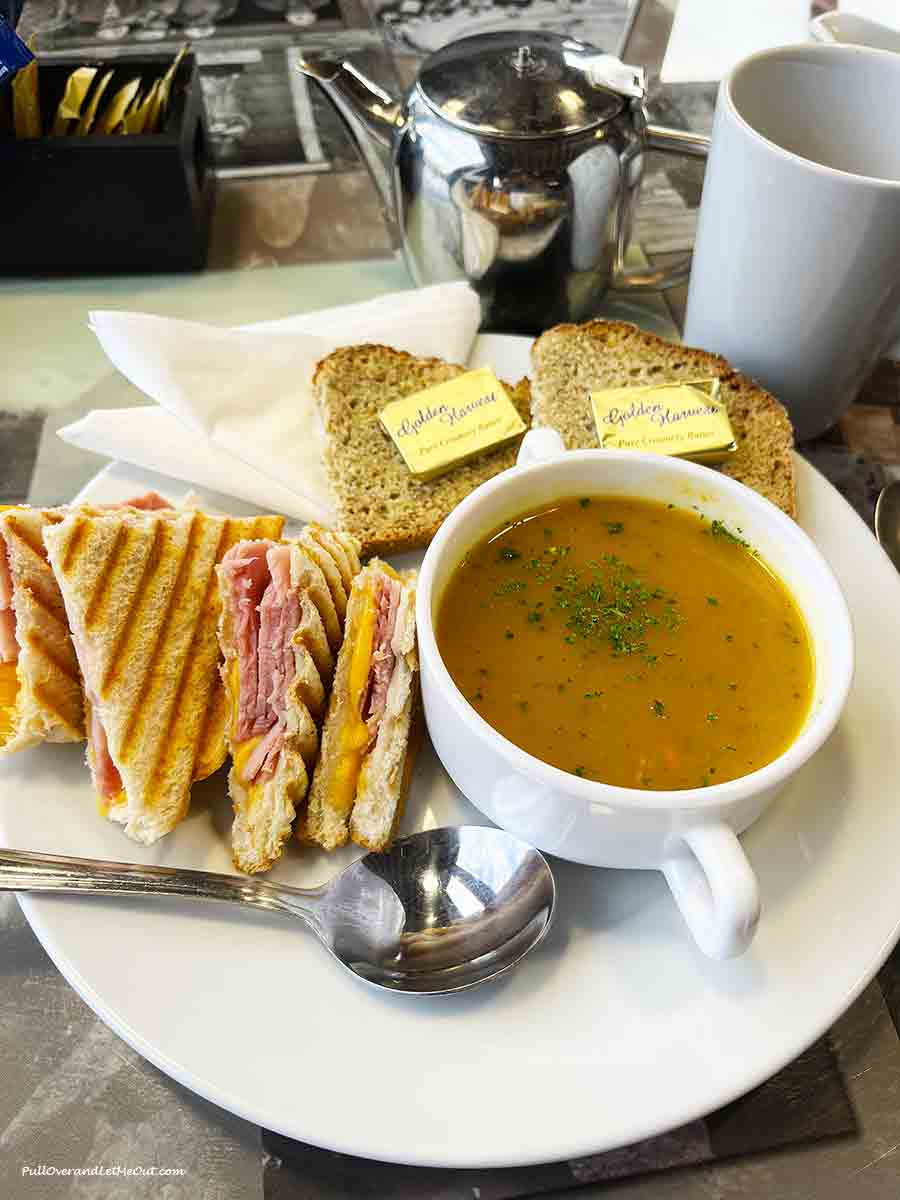
4. Beer Variety
Although Guinness still rules, Americans traveling in Ireland are surprised to discover there is a burgeoning craft brew scene.
Regional small craft brewers bring the art of small batch and microbrews to the landscape, and it’s a good thing. Savor a pint of Guinness, but be sure to leave room for sampling a craft beer or two while you’re visiting the Emerald Isle.
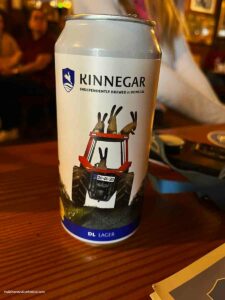
5. Spice Bags
The spice bag is a relatively recent Irish culinary creation, originating in Chinese takeaway restaurants, particularly in cities like Dublin.
They’re a uniquely Irish takeaway favorite—crispy chicken, chips, peppers, and a blend of spices, often served in a paper bag, which is where the name comes from.
I tried one for the first time at the café at Lough Key Forest Park on a cold, rainy day. It was warm, satisfying, and absolutely delicious—I’m a fan now.
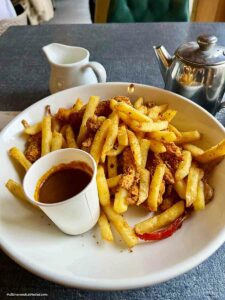
6. Irish Chocolate
You can’t talk about Irish treats without mentioning chocolate. Cadbury might be the most famous, but there are plenty of other Irish chocolate brands that are just as delicious.
Part of the secret? Happy cows.
Ireland’s lush green pastures mean the cows are well cared for and nourished. That in turn means the milk is rich, creamy, and is exactly what makes Irish chocolate so indulgent and smooth. I don’t know if it’s the grass, the weather, or just the luck of the Irish, but there’s something about it that makes every bite feel extra special. Treat yourself to some Irish chocolate, you’ll be happy you did!
Cultural & Daily Life Observations
7. Tipping is different
Tipping in Ireland is slightly different from that in the U.S.—it’s appreciated, but not expected in every situation. For sit-down meals, leaving around 10% is common if the service is good, but a tip isn’t necessary in cafés or for takeaway. Tipping for a round of drinks at the bar is not expected either. However, it is acceptable to leave small change or round up the bill.
Visitors from the U.S. often notice how relaxed and low-pressure it feels compared to back home. I recall having a bellman turn down a tip because, as he said, “It was only one bag.”
8. Friendly and helpful locals
Americans traveling in Ireland take note of the warmth, politeness, and genuine curiosity of the Irish people.
Visitors are met with a warm smile and a friendly hello, and the Irish are always ready to help if you need it. I remember struggling to open the petrol tank on my rental car and asking a young man at the gas station for assistance. He couldn’t get it, but soon two more people stepped in to help. Finally, a young lady figured out the latch and opened it. It was such a funny moment—we all laughed together at the fact that it took four of us to figure out a simple petrol tank!

“What’s the craic? is a common Irish greeting that basically means, What’s going on? or How are things? But it’s more than just small talk—it’s about fun, conversation, and enjoying good company. Whether you’re chatting in a pub or catching up with friends, asking about the craic is a way of connecting and sharing a laugh.”
Anna Marie
9. Unique language quirks
Words like “jumper,” “lifts,” or “trainers” can be a little confusing at first, but they add a lot of charm to everyday conversations. And if you’re driving, don’t be thrown off when someone asks if you need “petrol” instead of gas—it’s just the Irish way of saying fuel! Little differences like these make even ordinary moments feel distinctly Irish.
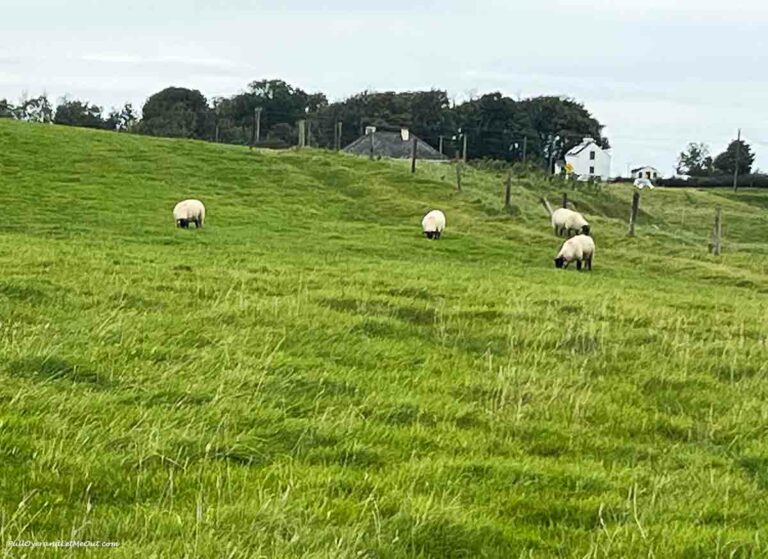
10. Rolling farmland and sheep
Even in areas that look small on a map, the countryside stretches out in green fields dotted with sheep and grazing cattle. It’s common to see sheep wandering the fields—I even had some right outside my Airbnb! Near the graveyard where my ancestors are buried, cows graze peacefully. It’s a charming, pastoral sight that often surprises Americans used to more urban or suburban landscapes.
11. Historic presence everywhere
Churches, graveyards, and centuries-old buildings seem to be everywhere, which makes history feel alive in every corner. Ancient history blends effortlessly with modern life throughout Ireland.
In Boyle, for instance, the Boyle Abbey sits directly across from the GAA ball field—ancient stone walls facing off with modern-day matches. These contrasts appear in nearly every Irish town, offering moments of quiet wonder and a reminder of how the country honors its history while moving confidently into the modern era.
12. Gaelic Revival
Many Americans traveling in Ireland may be surprised to discover a resurgence of the Irish language. The Irish term is “Athbheochan na Gaeilge (AH-vee-o-khun an GWALE-ga),” which means revival of the Irish language.
Signage, schools, and cultural events across the country include the Irish language. You can even hear it on the radio and on television. The government actively promotes the language through schools, media, and cultural programs, helping ensure it remains a living part of daily life.
More than on previous visits, the revival of the Irish language was particularly striking this time. I even watched a TV program about Irish musician, Sean O’Riada, that was entirely in Irish with English subtitles. It was truly inspiring to witness how deeply the Irish treasure and nurture their ancient language, keeping it vibrant and central to the nation’s heritage.
Checking In - Hotels, B&Bs, and Rentals in Ireland
13. What Floor?
First-time visitors to Ireland may discover they’re on the wrong floor when checking into their hotel room. In Ireland and pretty much throughout Europe, the floors are counted differently from in the U.S.
Whereas in America, the ground floor and the first floor are one in the same. In Ireland, what we call the first floor is actually the ground floor. The next level up — what Americans think of as the second floor — is called the first floor. So if you can’t find your room on what you think is the second floor, you may just need to head up one more flight.
14. It's Electric
There are some differences when it comes to electricity and appliances in Ireland that Americans may find challenging. For example, one of the first things Americans notice in Ireland is that the outlets look a little different.
You’ll need a Type G plug adapter—the one with three rectangular prongs. Ireland runs on 230 volts, unlike the 120 volts used in the U.S., so it’s smart to check your devices before plugging in. The good news is that most modern electronics, like phones, tablets, and laptops, are dual voltage, meaning a simple adapter usually does the trick. Just be sure to pack one before you go—it’s one of those little things that make travel days smoother.
Another surprise upon checking into a rental is that you may discover the washing machine is in the kitchen. In Ireland, washing machines are often located in the kitchen to make the most of limited space. Similarly, electric showers are common. I had one in an Airbnb, and while it came with a small learning curve—the power switch was outside the bathroom door—the water heated up quickly, and the pressure was excellent. It’s a different setup than most Americans are used to, but once you get the hang of it, it’s surprisingly convenient.
Let there be light!
One little surprise for Americans: hotel room lights often won’t come on without the key. I completely forgot that the first time and felt pretty silly when it finally clicked!
Another thing—bathroom outlets are rare, which can be a real challenge if you’re ready to blow dry or curl your hair. I felt pretty comical blow-drying my hair from memory and running in and out of the bathroom to check my progress in the mirror.
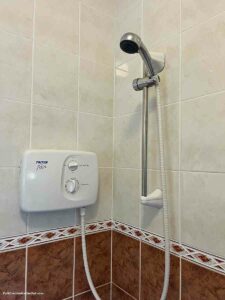
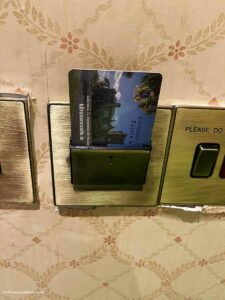
Road and Travel Surprises
15. Ireland is the land of roundabouts
As if driving on the left side of the road weren’t enough of an adjustment for Americans, enter the Irish roundabout. A roundabout is basically a traffic circle in America, and they are extremely common in Ireland.
While Ireland has lots of roundabouts, the signage is usually clear, making them easy to navigate—just remember to go clockwise, not counterclockwise like in the U.S.
16. Bilingual Signs & Kilometers
Road signs in Ireland display town names in both English and Irish, and distances are listed in kilometers. Some place names are wonderfully long or tricky to pronounce, but GPS makes them manageable.
Adding to the fun, the speed limits are in kilometers per hour. Rural roads can be narrow and winding, but the speed limit may be 50 to 80. 50 kilometers per hour is about 31 miles per hour; even so, on some of those country roads, that is still too fast. Normally, that’s when my knuckles turn white as I grip the steering wheel.
Imagine seeing a sign indicating 120 is the speed limit! Don’t worry, that’s usually just on the interstate-style roads they call “motorways.”
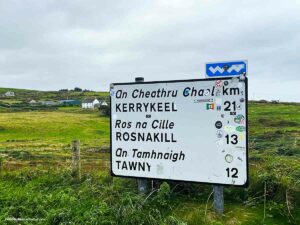
17. It isn't automatic
Americans traveling in Ireland may be surprised to learn that automatic transmissions are not the norm. Most rental cars are manual, and since the steering wheel is on the right side of the vehicle, the gear shift is on the driver’s left-hand side.
Thus, unless you’re comfortable driving a manual transmission, prepare to pay more to rent a car with an automatic transmission. It’s much pricier.
That being said, if you’re not a stick-shift driver, this is not the place to learn. You’ll want to budget for the cost of an automatic transmission and make sure to request it at the time of booking.
Furthermore, when choosing a rental car, think about more than just how many people are going. You’ll also need to consider trunk space and the roads you’ll be navigating. Narrow country lanes and tight town streets can make a smaller car a lifesaver. I had a little Toyota Yaris, and it was perfect—my suitcase and backpack fit just right in the boot (that’s the trunk).
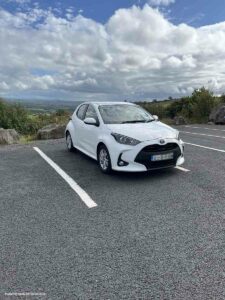
Embrace the Unexpected and Enjoy Every Moment
These little surprises are what make traveling in Ireland so memorable for American visitors. From simple joys like savoring a perfectly melty toastie or trying a spicy, comforting spice bag, to wandering historic graveyards and witnessing the revival of the Irish language, it’s the contrasts and quirks that make the journey special. Embrace the differences, stay curious, and enjoy each experience—often it’s the unexpected moments, small discoveries, and shared laughs that become your most cherished memories of Ireland.
If you’re ready to book your trip to Ireland, I’ve included a couple of links to get you started on your way. FLIGHTS & TOURS
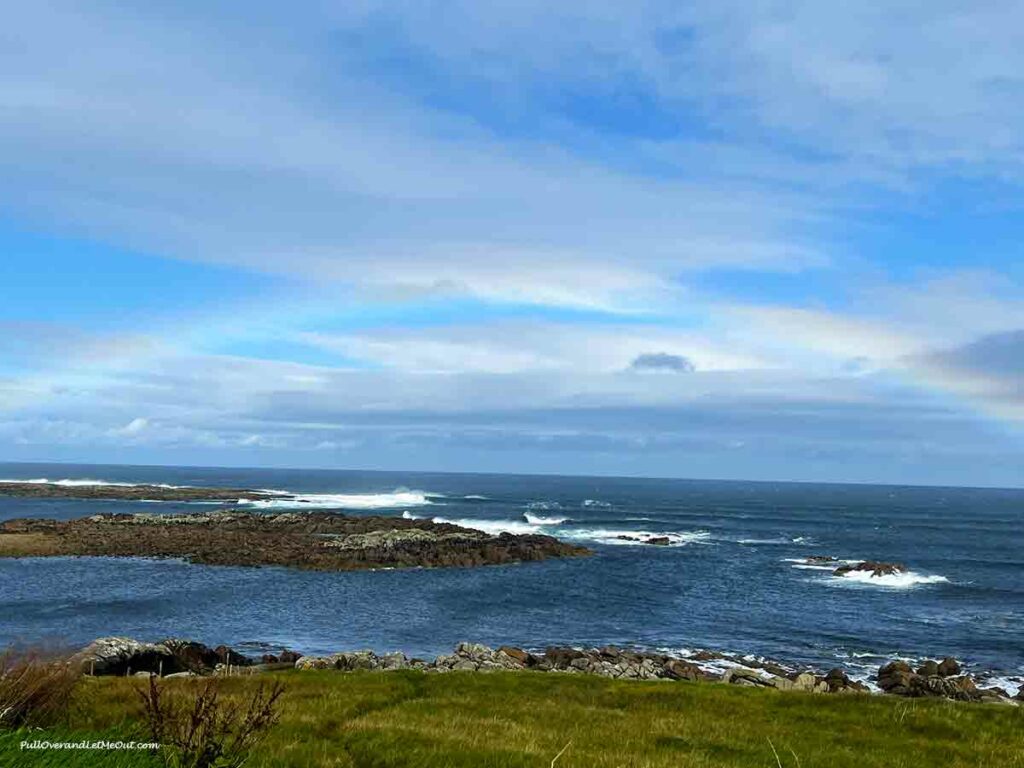
Hey Pinners! Pin this for later!
